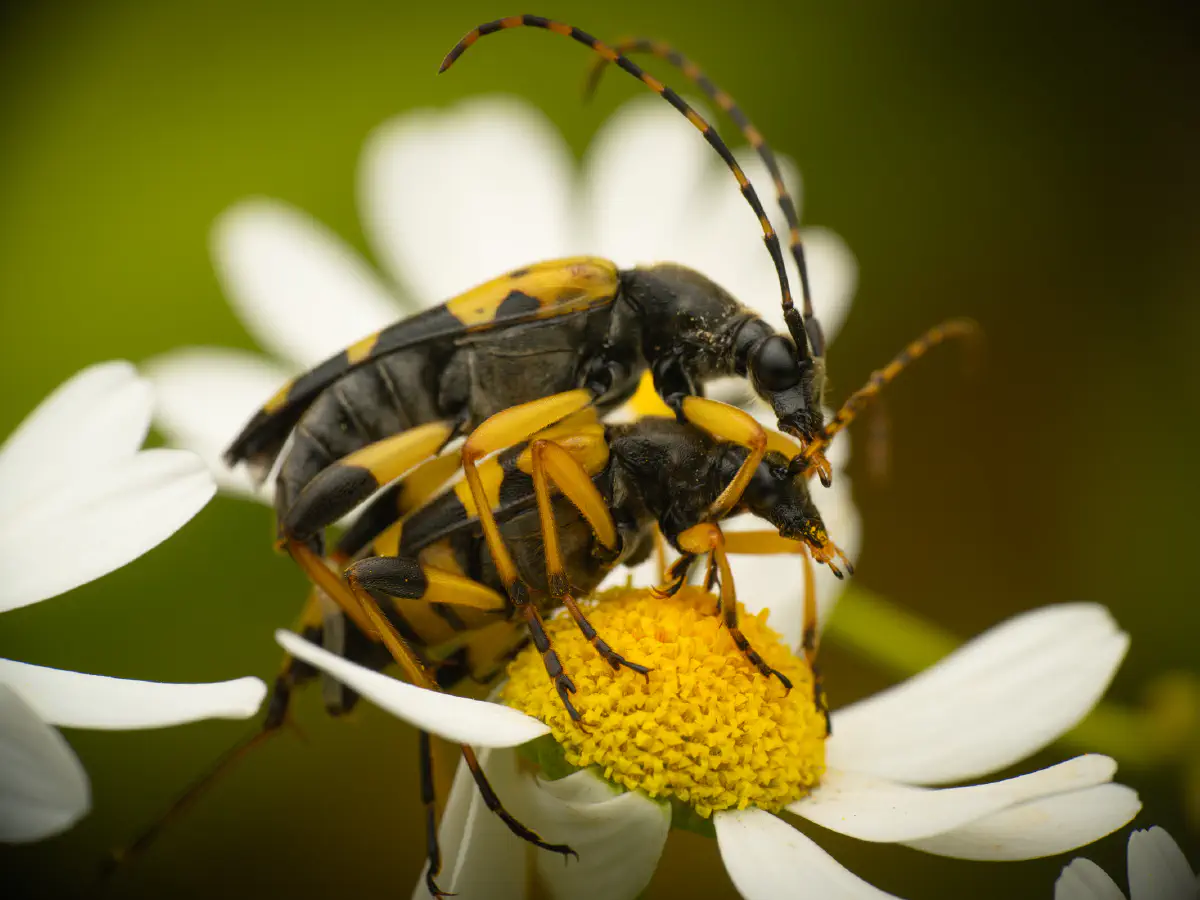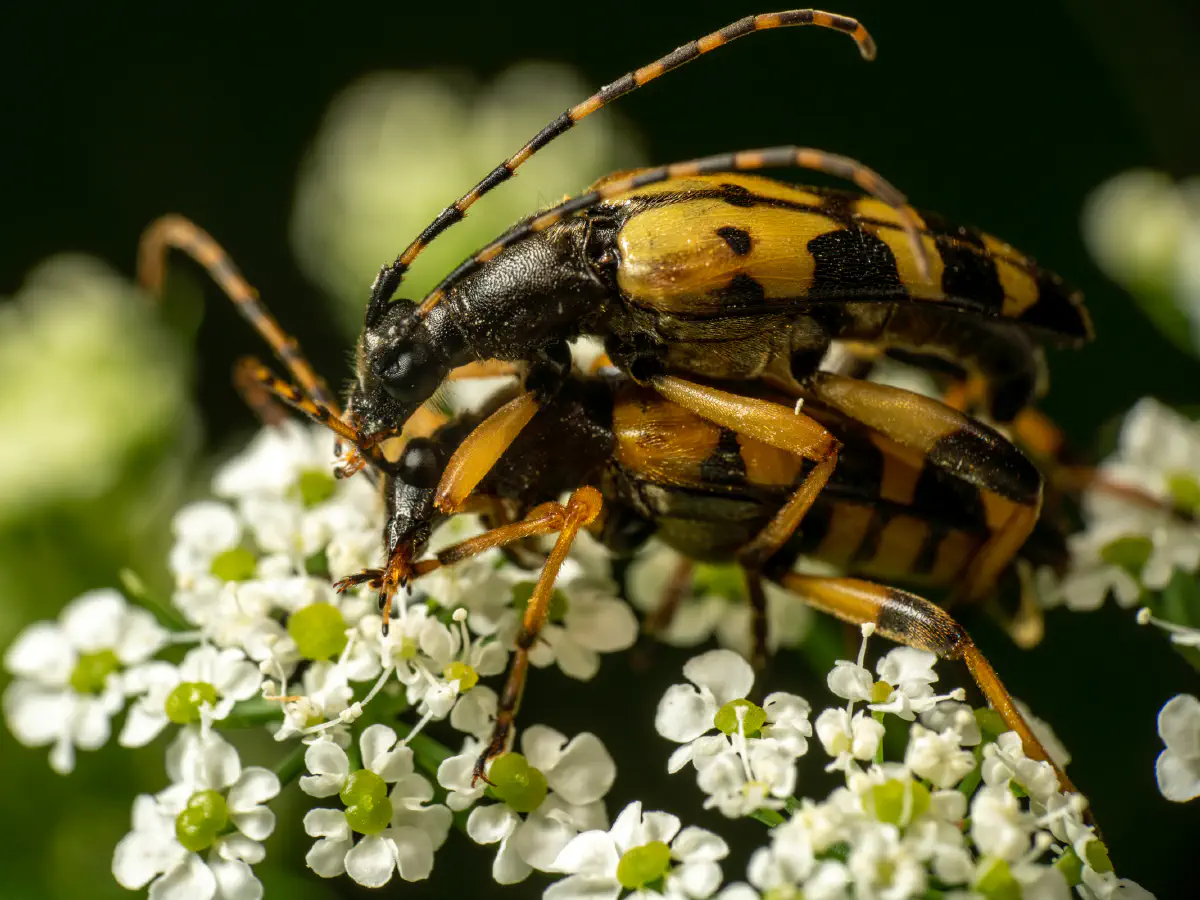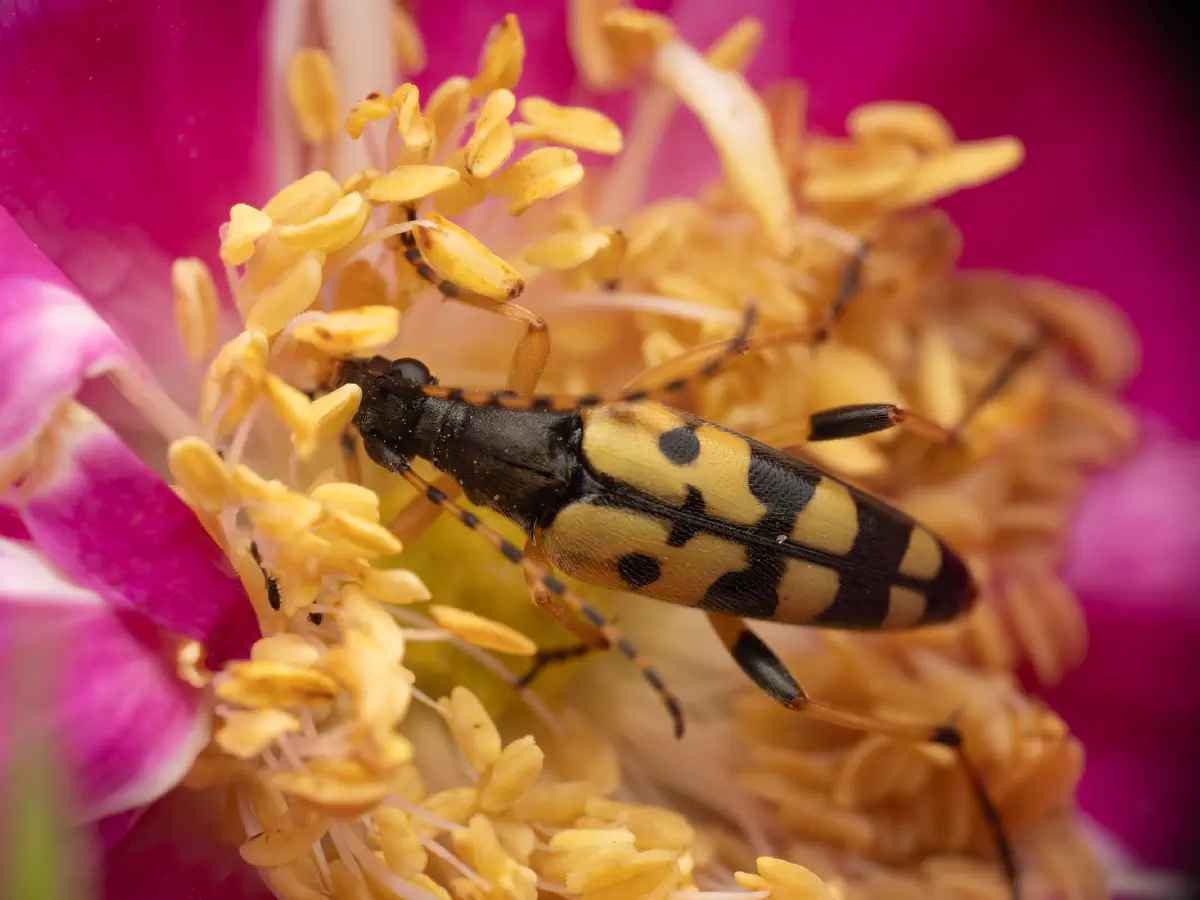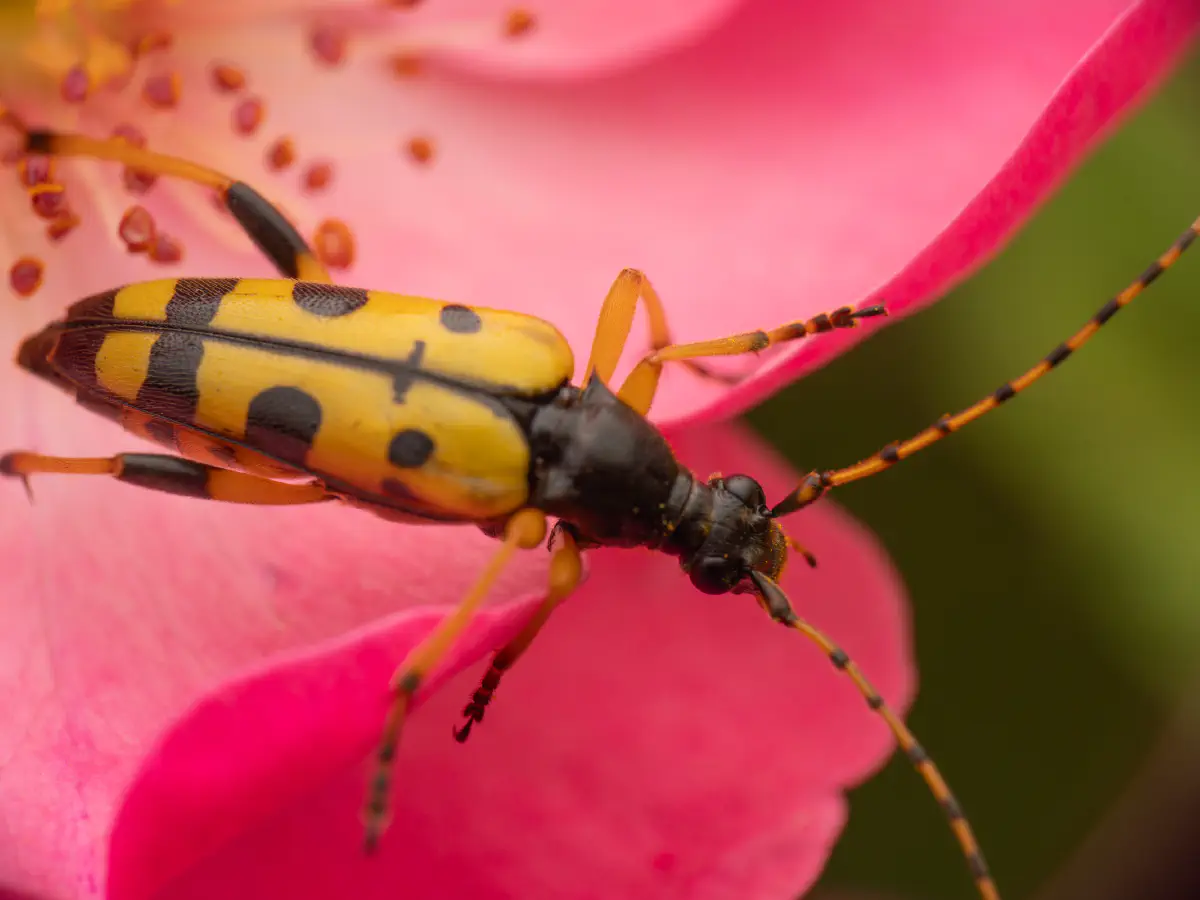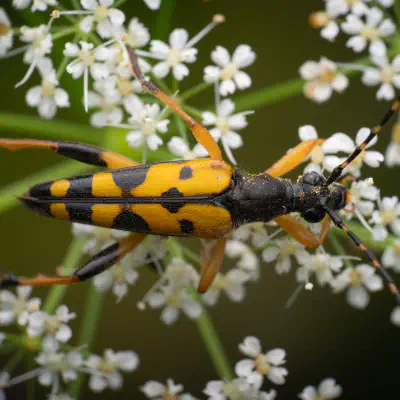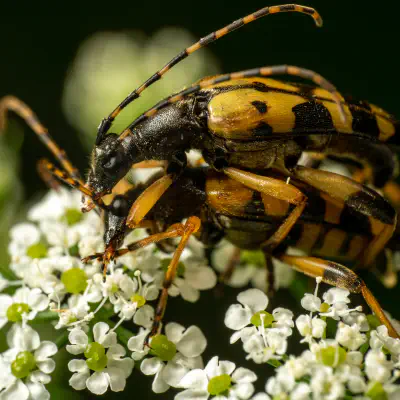Varieties within this species include: Rutpela maculata var. calcarata Olivier, 1790 Rutpela maculata var. maculipes Podaný, 1950 Rutpela maculata var. nigricornis (Stierlin, 1864) Rutpela maculata var. seminotata Kaufman, 1947 Rutpela maculata var. subbinotata Podaný Rutpela maculata var. subsinuata Depoli Rutpela maculata var. undulata (Mulsant, 1839) Rutpela maculata var. subexternepunctata Podaný Rutpela maculata var. parumnotata Podaný Rutpela maculata var.
subspinosa Fabricius, 1792 Rutpela maculata var. subundulata Depoli, 1926 Rutpela maculata var. subdisconotata Podaný Rutpela maculata var. sinuata Fabricius, 1792
